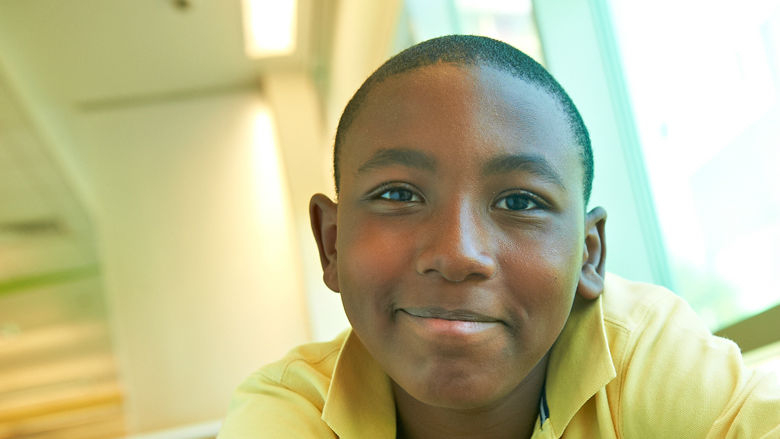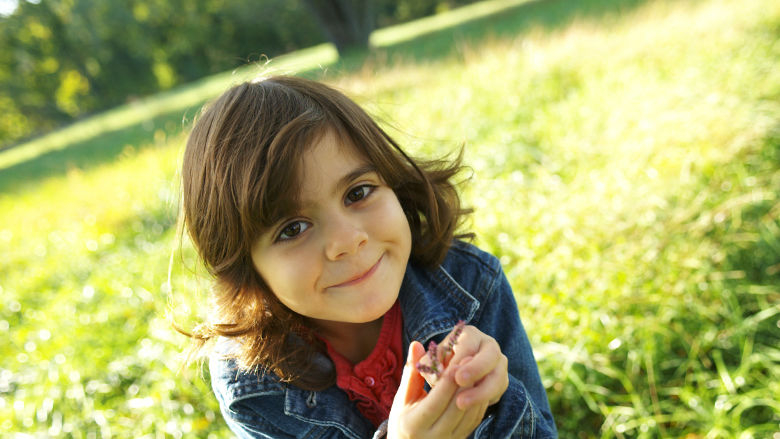Spinal Deformities
What are spinal deformities?
Certain spine conditions that affect children during their early or late childhood years — and sometimes even before birth — curve the spine more than normal or deform it. The spine also may be rotated or twisted, pulling the ribs along with it to form a multidimensional curve that may impair breathing.
The orthopaedic spinal team at Children's Hospital of Philadelphia (CHOP) offers comprehensive evaluation and treatment for children with all forms of scoliosis and kyphosis. Our surgical team performs more than 3,000 orthopaedic surgeries a year, including more than 250 surgeries specifically on children with spinal deformities related to scoliosis. These include:
- Congenital scoliosis
- Early-onset scoliosis
- Idiopathic scoliosis
- Kyphosis, including Scheuermann disease and postural kyphosis
- Neuromuscular scoliosis
Why Choose Us?
The Spine Program at Children's Hospital of Philadelphia is one of the largest multidisciplinary programs in the world dedicated to the diagnosis and treatment of pediatric spine conditions.
Treatments for spinal deformities
Every spine condition is different, so treatment is determined on a case-by-case basis. In planning your child's individual treatment, our team of specialists will consider the severity of the curve, where it occurs in the spine, and your child's age and stage of growth.
Nonsurgical interventions
If your child's condition is not severe, the clinical team may suggest monitoring your child with regular observation, X-rays and lab tests.
Back braces, halo vests and other bracing devices are often the first line of defense against a child's worsening spinal curves. By immobilizing the child's spine, the hope is that the spinal curve will not get progressively worse and any associated pain will be controlled. If bracing is successful, it may delay — or in some cases avoid — the need for spine surgery in some children.
If your child's spine condition is interfering with neurologic (nerve) function, causing persistent pain or breathing difficulties, or is due to an infection or a tumor, corrective spine surgery is usually required.
Surgical interventions
Our pediatric orthopaedic surgeons are pioneers in the use of innovative surgery that accommodates your child’s growing and maturing body. Two of the most common surgical treatments for scoliosis are growing rods (for children who are still growing) and spinal fusion (for children who have reached skeletal maturity).
Spinal fusion
After your child has stopped growing, spinal fusion surgery may be recommended to permanently stabilize the spine.
During the spinal fusion operation, the bones in the back are joined together with bone taken from the hip bone or pelvis. Metal rods are placed alongside of the spine to hold the bones in a straight position while the bone graft heals. The extra bone from the hip or pelvis helps knit the bones together.
Growing rods
For young children with scoliosis, spinal surgery to implant growing rods offers a dual benefit: correcting the spinal curve and allowing continued growth of the spine.
Growing rod surgery is done through the back of the spine. In most cases, the curve in the child's back is spanned by one or two rods under the skin to avoid damaging the growth tissue of the spine. The rods are attached to the spine at two spots — above and below the curve.
The rods are expanded or "lengthened" to keep up with the child's growth and continue straightening the spine.
VEPTR
If your child is still growing and the spinal curve is affecting your child’s rib and lung development, he or she may also be diagnosed with thoracic insufficiency syndrome. That means the lungs are not getting enough air and “growth sparing” techniques are appropriate.
An innovative surgical device called vertical expanding prosthetic titanium ribs (VEPTR) was invented and pioneered by one of CHOP’s leading pediatric orthopaedic surgeons. The VEPTR stabilizes the curved spine, allowing the child’s ribs, spine and lungs to expand and grow.
Like growing rods, the VEPTR is surgically adjusted as the child ages and reaches full maturity.

